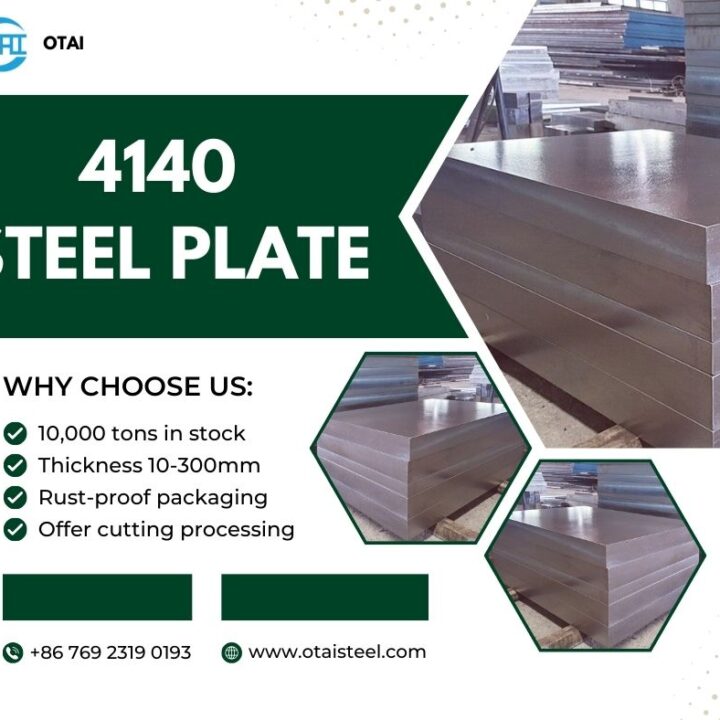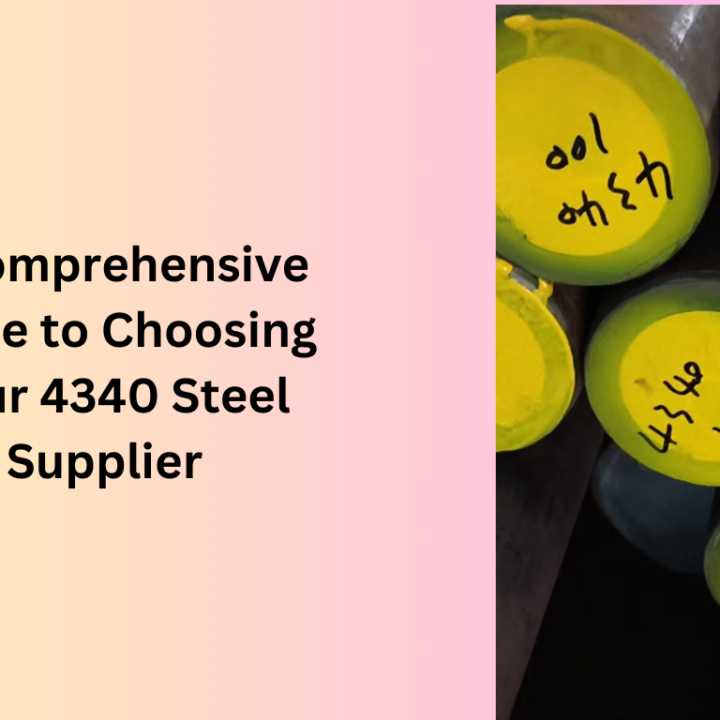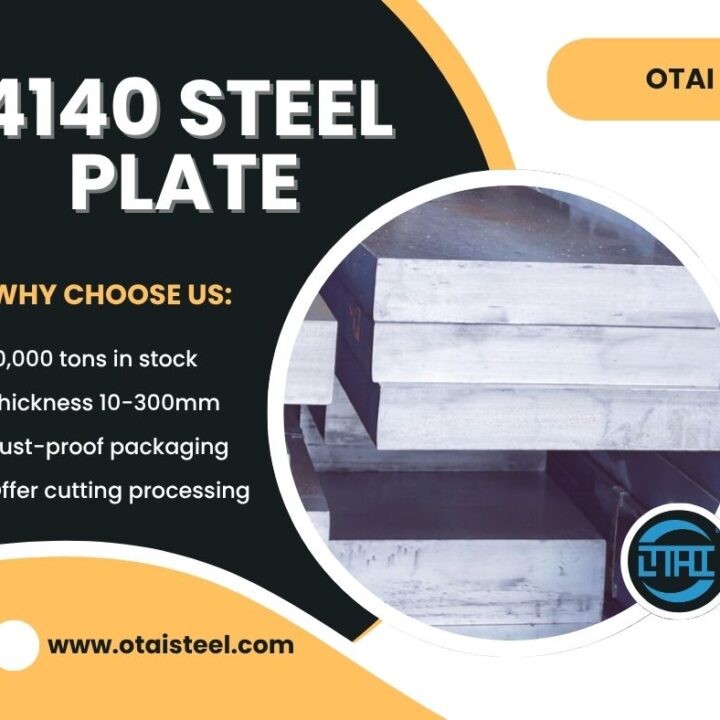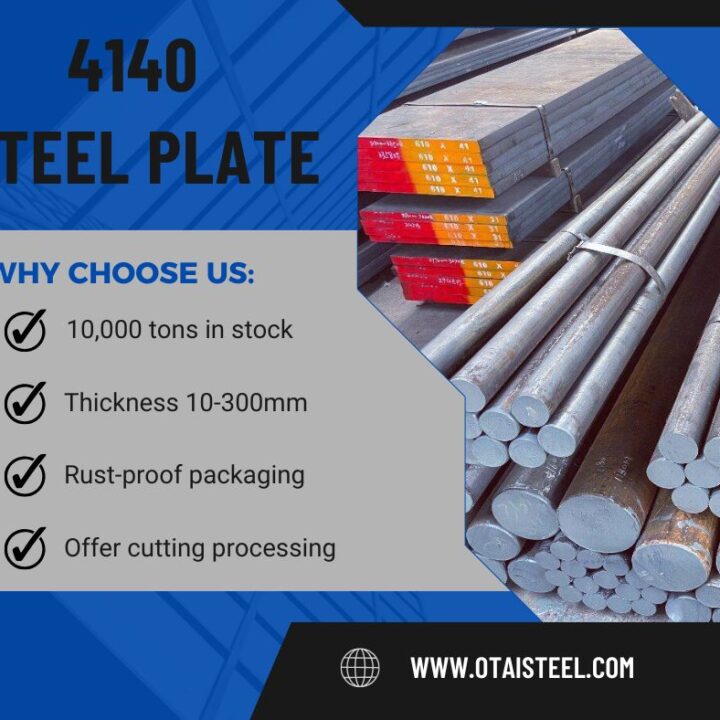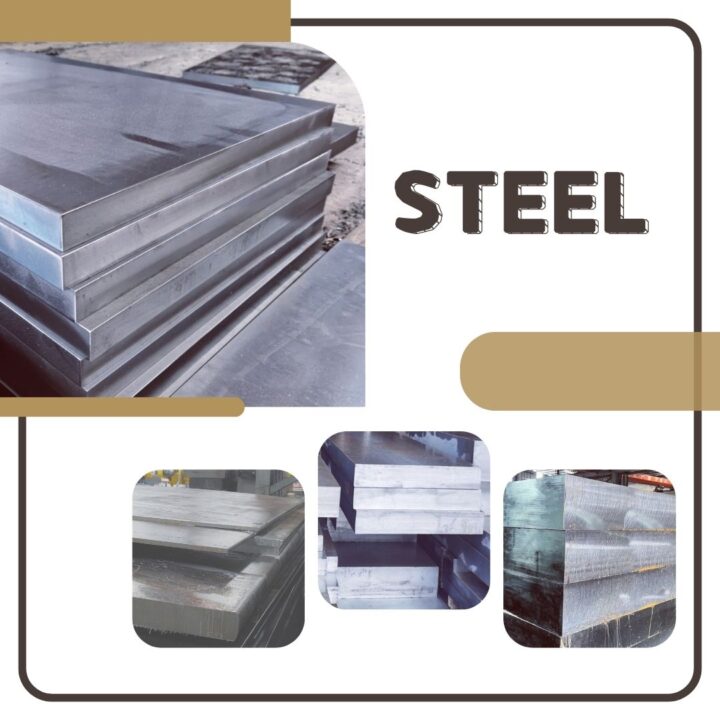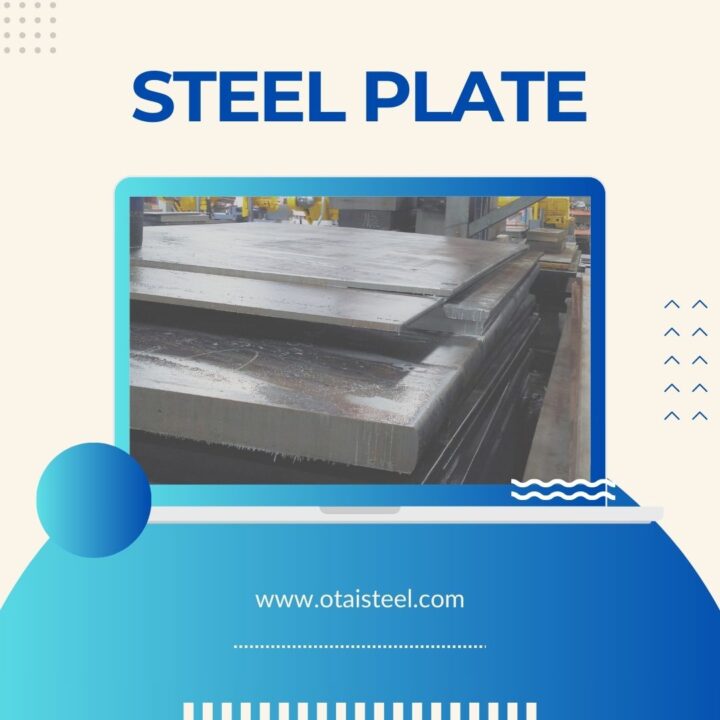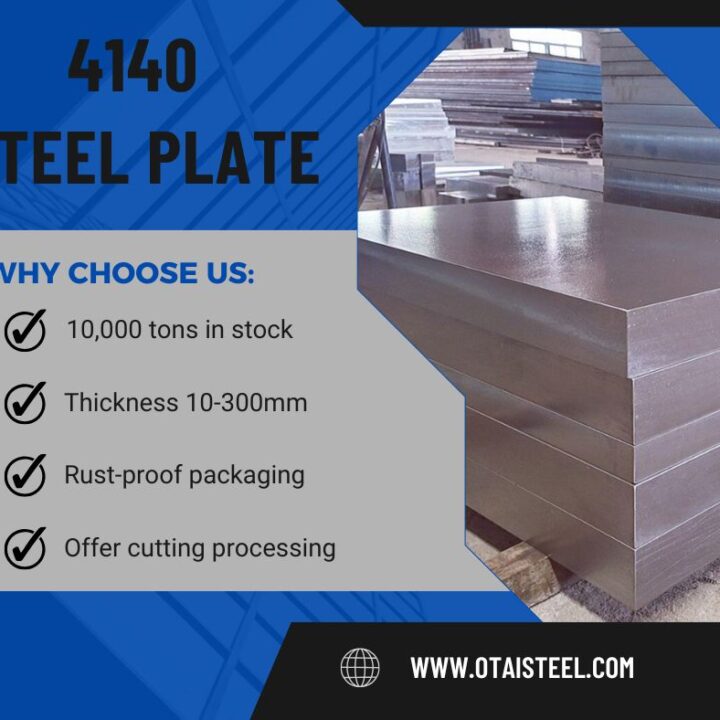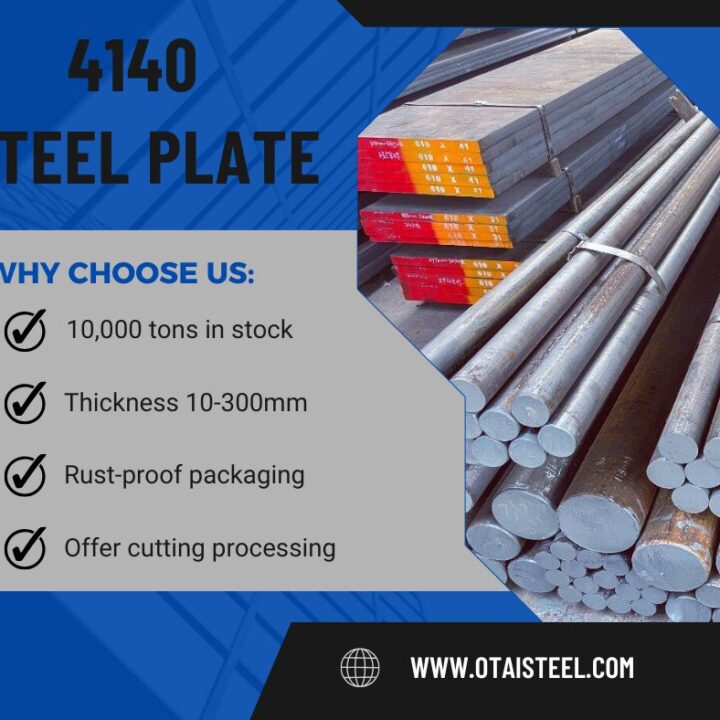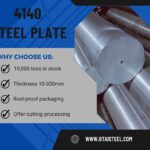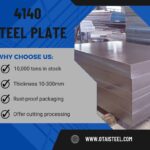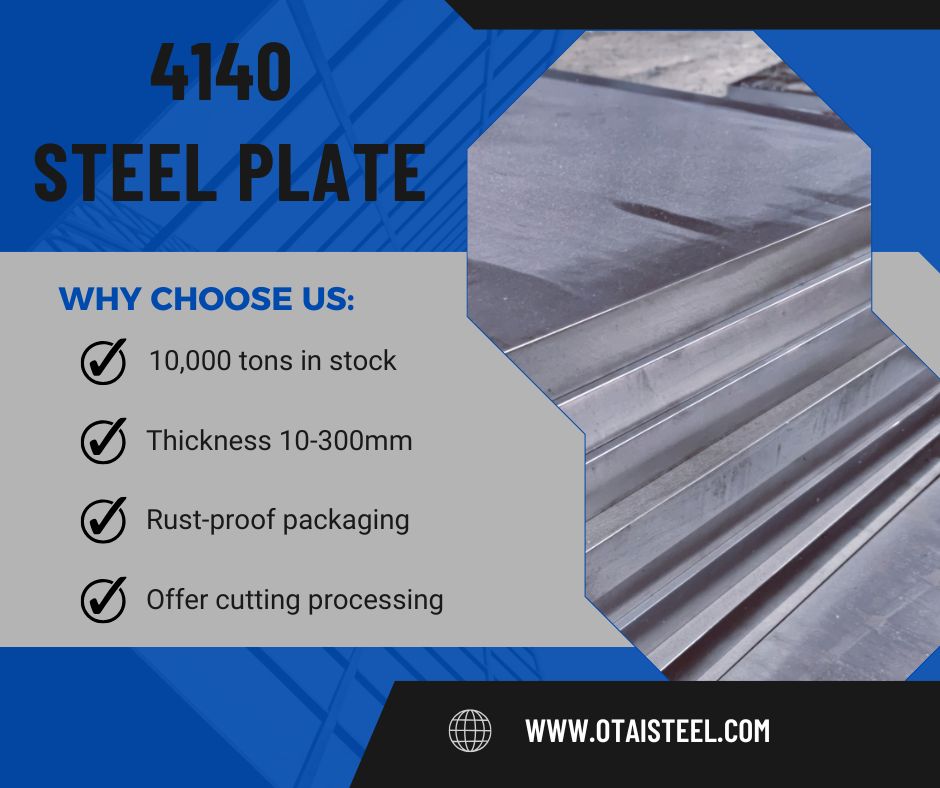
4140 Steel Yield Strength vs Hardness: The Real Performance Story
When choosing 4140 steel for critical parts, two numbers matter most: yield strength and hardness. They’re related, but they don’t mean the same thing—and knowing the difference can help you make smarter choices for machining, heat treating, and design.
Let’s break down exactly what 4140 steel yield strength vs hardness means in the real world, with data, heat treatment tips, and industry examples.
📌 Yield Strength vs Hardness – What’s the Difference?
-
Yield Strength: The stress level (force per area) at which the steel starts to deform permanently. It’s measured in MPa or ksi and tells you how much load it can handle before bending for good.
-
Hardness: A measure of resistance to indentation or scratching, often measured in Rockwell C (HRC) or Brinell Hardness Number (BHN). It correlates with wear resistance but not directly with flexibility or toughness.
In 4140 alloy steel, both values change depending on heat treatment. Increasing hardness usually increases yield strength—up to a point—but can also reduce ductility.
🧪 Typical Mechanical Properties of 4140 Steel
Here’s a quick reference for 4140 steel yield strength and hardness in different conditions:
| Condition | Yield Strength (MPa) | Yield Strength (ksi) | Hardness (HRC) | Notes |
|---|---|---|---|---|
| Annealed | 415–550 | 60–80 | ~20 | Soft, easy to machine |
| Normalized | 655–725 | 95–105 | 22–28 | Balanced properties |
| Q&T @ 500°C | 850–900 | 123–131 | 28–32 | Common industrial grade |
| Q&T @ 300°C | 1100+ | 160+ | 40–45 | Very high strength, lower toughness |
| Nitrided (surface) | Core same as Q&T | Core same as Q&T | Surface ~55–60 | Wear-resistant skin, tough core |
🔥 How Heat Treatment Affects Yield Strength and Hardness
4140 chromium-molybdenum steel responds extremely well to heat treatment:
-
Annealing → lowers hardness, improves machinability.
-
Normalizing → increases both yield strength and hardness slightly.
-
Quenching & Tempering (Q&T) → main method to boost both strength and hardness to target levels.
-
Nitriding → boosts surface hardness dramatically without changing core yield strength.
💡 Tip: For high-stress applications like 4140 steel shafts or gear components, you often want a hardness of 28–32 HRC for a balance of toughness and wear resistance.
🆚 Yield Strength vs Hardness – Why the Balance Matters
If you push hardness too high in 4140 steel, yield strength can increase—but impact toughness drops. This is dangerous in parts exposed to shock loads (e.g., 4140 steel drive shafts).
| Hardness (HRC) | Approx. Yield Strength (MPa) | Toughness Rating | Best Use |
|---|---|---|---|
| 20–25 | 500–700 | High | Bending/forming parts |
| 28–32 | 800–950 | Medium-High | Shafts, gears, couplings |
| 35–40 | 950–1100 | Medium | Tooling, wear parts |
| 45+ | 1200+ | Low | Cutting tools, not for impact loads |
🛠 Industry Example – Oilfield Coupling Failures
A drilling company used 4140 Q&T steel couplings at 40 HRC for better wear life. The hardness gave great abrasion resistance, but in service, the parts cracked after repeated torque shocks.
The fix? Dropping to 30–32 HRC reduced yield strength slightly but doubled service life because the steel absorbed more impact without cracking.
📐 Practical Guidelines for Choosing 4140 Hardness vs Yield Strength
-
Heavy Load + Shock → Medium hardness (28–32 HRC) for high yield strength and good ductility.
-
Wear-Critical Parts → Higher hardness (35–40 HRC) if shock loads are minimal.
-
Machining Before Heat Treat → Keep in annealed state (~20 HRC) for easy cutting.
-
Nitriding Applications → Core kept at 28–32 HRC, surface hardened to 55–60 HRC.
🏭 Applications Where the Balance Matters
-
Oil & Gas: drill collars, couplings
-
Automotive: axles, crankshafts, transmission gears
-
Aerospace: landing gear, high-load linkages
-
Industrial Tooling: dies, molds with balanced hardness for wear and strength
🏭 Company Advantages – Why Choose Otai Special Steel
At Otai Special Steel, we stock 4140 alloy steel in all common heat-treated states, ready to meet your yield strength and hardness requirements.
- ✅ 10,000+ tons of 4140 steel in stock (6–300 mm thick)
- ✅ Supply in annealed, normalized, Q&T, or nitrided condition
- ✅ Precision cutting for custom sizes
- ✅ Full mechanical and chemical testing
- ✅ Heat treatment and surface hardening services
- ✅ SGS/BV inspection available
- ✅ Global clients: Thyssenkrupp, Borealis, Schlumberger
❓ FAQ – 4140 Steel Yield Strength vs Hardness
Q1: Does higher hardness always mean higher yield strength?
A: Generally yes, but excessive hardness can reduce toughness.
Q2: What is the ideal hardness for high fatigue strength?
A: Around 28–32 HRC for most load-bearing applications.
Q3: Can 4140 steel be too hard?
A: Yes—over 45 HRC it can become brittle for impact loads.
Q4: How do I adjust hardness without losing yield strength?
A: Proper tempering after quenching, or surface hardening like nitriding.
Q5: Is there a direct formula between yield strength and hardness?
A: There’s a correlation, but the exact relationship depends on microstructure and heat treatment.

